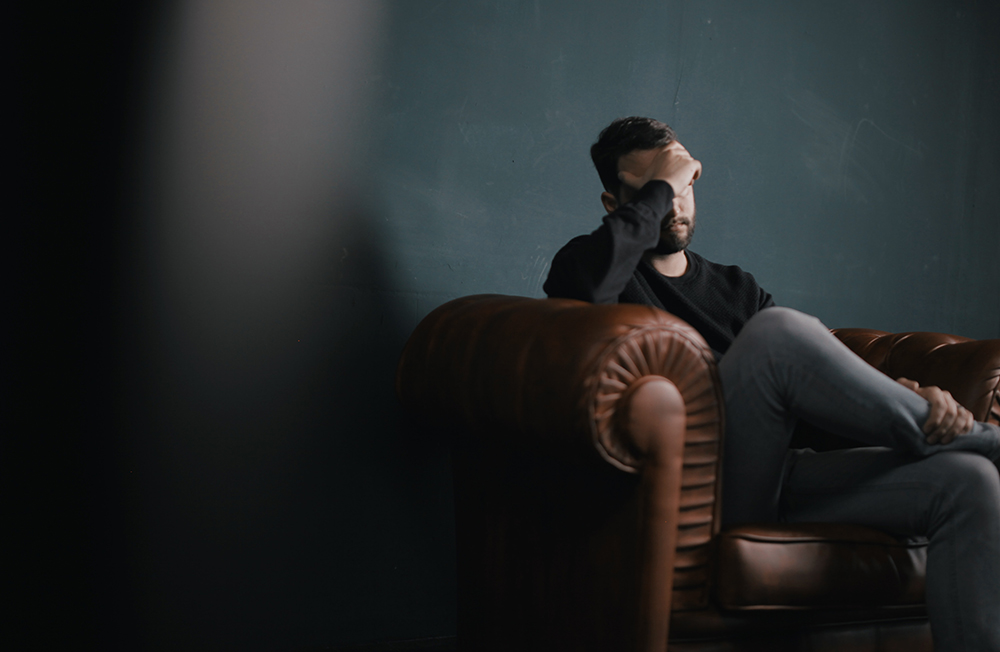By David Martin, TSS Safety Coordinator
Research shows that there is a direct link between mental health and workplace productivity and safety. In 2019, the World Health Organization estimated that depression and anxiety cost the global economy about $1 trillion annually in lost productivity. Meanwhile, we also know that distracted workers, struggling with mental health or substance use issues, are more likely to cause workplace accidents.
So, what can we expect to see in the workplace as we return to business while everyone continues to struggle with the uncertainties of the COVID-19 global pandemic?
A recent emergency survey of 1 million American households conducted by the U.S. Census Bureau indicates that we need to be prepared for a significant spike in mental health issues among our workforce and potential impact on our places of business.
A report issued by the Census Bureau following the survey shows that fully one-third of Americans are showing signs of clinical anxiety or depression. The Census Bureau found that 24 percent of those persons screened showed significant symptoms of depressive disorder and 30 percent showed symptoms of generalized anxiety disorder – a much higher number than before the pandemic. Fifty percent of respondents reported that they were experiencing a depressed mood, compared to 25 percent of respondents in a 2014 Census survey.
According to the Washington Post, the survey was issued to measure the pandemic’s effects on employment, housing, finances, education and health. “Buried within that 20-minute survey, U.S. officials included four questions taken nearly word-for-word from a form used by doctors to screen patients for depression and anxiety. Those answers provide a real-time window into the country’s collective mental health after three months of fear, isolation, soaring unemployment and continuing uncertainty.
New York, which had the worst coronavirus outbreak in the country, ranked 12th nationwide in terms of the share of adults showing symptoms. Nearly half of Mississippians screened positive for anxiety or depression — a staggering number. By contrast, in Iowa, just over a quarter screened positive.”
While COVID-19 is a non-discriminatory virus, some groups have been hit harder than others. Rates of anxiety and depression were far higher among younger adults, women and the poor.
The Washington Post article suggests that these results “reflect a deepening of existing trends: rising depression, stress and suicide among young adults.” While older people are more at risk for the coronavirus, they are less likely to report symptoms of anxiety or depression.
The survey results are alarming. They show that without effective intervention, America is certain to experience a rise in the devastating results of untreated mental health issues including suicides, substance abuse and overdose deaths.
With so many people feeling the effects of isolation and/or job loss, seemingly conflicting news reports on current status and conditions, and the fact that there is no national consistency on reopening protocols, the effect on a person’s mental state cannot be overlooked.
As businesses open back up and people are going back to work, employers need to be aware of how their employees are doing; how they are coping with an almost certain uncertainty. We all know that distractions can be deadly at work. When a person’s mind is not fully on what they are doing, injury to themselves or others can easily result, and let’s face it, there is a lot of distraction going on right now.
Check in with your employees and co-workers. Don’t let the rumor mill rule the day and communicate clearly that you care about their health and well-being.
Because we still have a ways to go.
If you or someone you know needs help, call the National Suicide Prevention Lifeline at 800-273-TALK (8255). Crisis Text Line also provides free, 24/7, confidential support via text message to people in crisis when they text to 741741.


Great advice from TSS! “Check in with your employees and co-workers.” I might add, it’s just as important to check in with your associates, colleagues, partners, suppliers, vendors and other B2B services or support professionals. We are all in this… some more than others and that can be overwhelming at times. #supportsmallbusiness
Thanks, Nadra.
Good recommendation!
There is also the Ketchikan Cares Crisis Line 907-225-2273 – counselors are available 24/7 and there is direct connection to our local mental health providers for follow up/referrals.
Thanks for the resource!
I could not agree with your post more! As a licensed therapist, I can assure you I have similar concerns for some of my clients. For so many people, their mental status is a ticking time bomb of self-implosion. Most people know they’re getting closer to the edge than ever before, but few have a solid grasp on what/when will push them over the edge. The stress levels in our country are at an all-time high. If employers want to get the most out of employees, they need to prepare to help workers with stress, anxiety and depression in a way never before seen. The isolation combined with the increased responsibility of parenthood and financial struggle is just a recipe for challenges in the workplace.
Thanks, Erik! We’re glad the article was helpful.